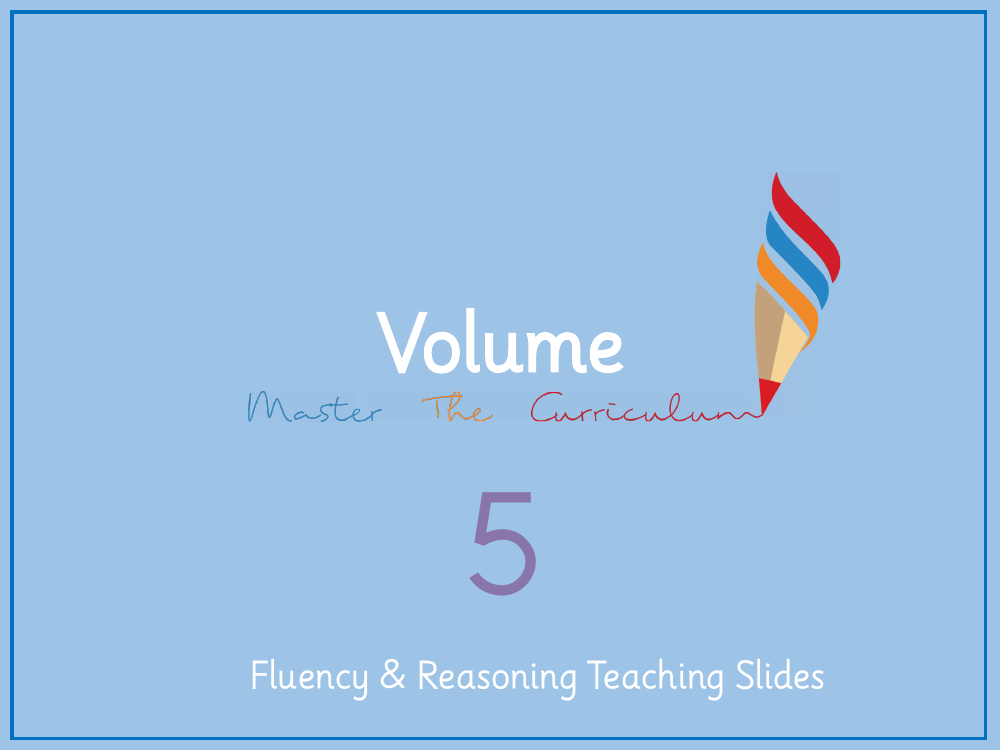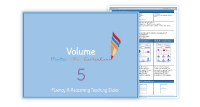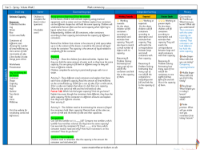Volume - Estimate capacity - Presentation

Maths Resource Description
In today's lesson, students will explore the concept of capacity and how it differs from volume. The session begins with a discussion prompting students to distinguish between the two terms. To put theory into practice, the first activity involves using five identical bottles and rice to estimate capacity. Students are tasked with filling the bottles to various levels—half, a quarter, three quarters full, and other specific fractions—challenging them to approximate the fraction of the bottle filled each time. This hands-on activity not only reinforces the concept of fractions but also provides a visual and tactile understanding of capacity.
Building on the initial exercise, the second activity encourages students to compare the capacity of different containers. They assess which container has the largest or smallest capacity and attempt to order them accordingly. This task involves estimating and then measuring how much rice or water each container can hold, providing practical experience in gauging volume. In the third activity, students further develop their estimation skills by matching containers to their capacities and using comparative language like 'more' and 'less'. These activities culminate in a reasoning challenge where students use various materials—rice, water, and cotton wool balls—to estimate the amount needed to fill different containers, prompting discussions about the properties of each material and how they affect the capacity.



